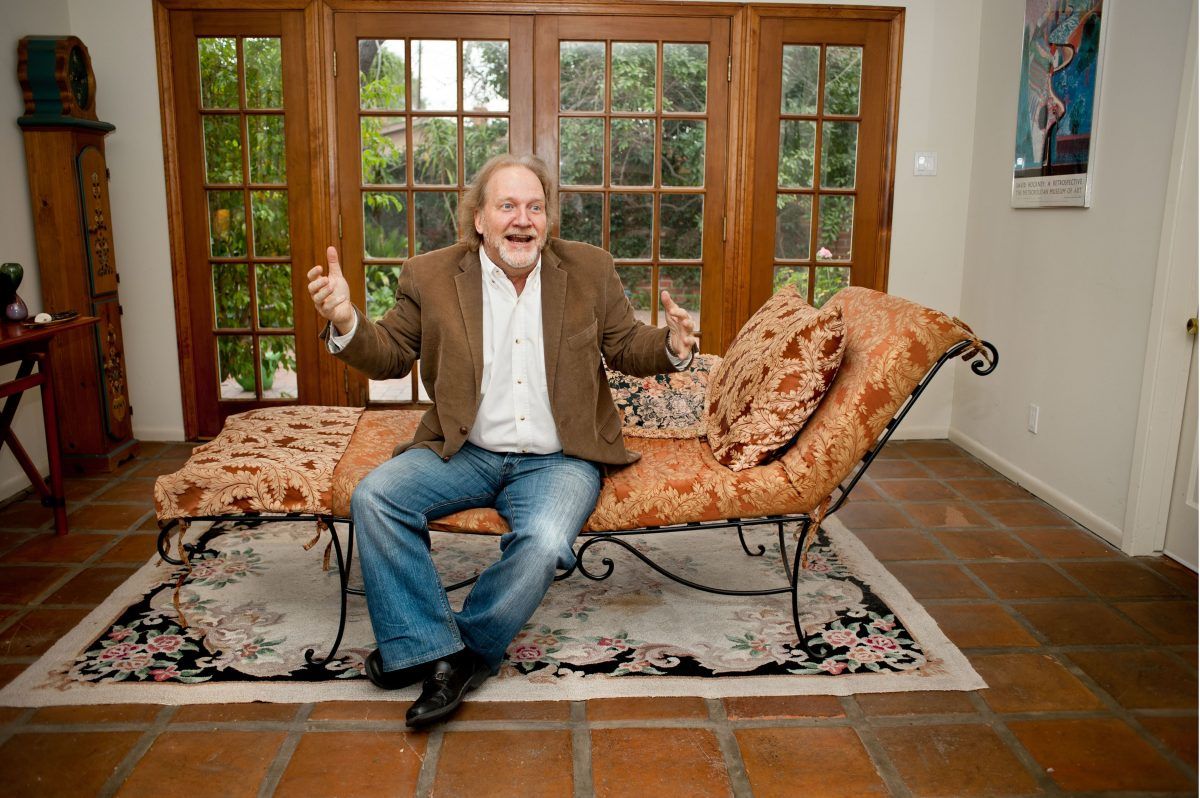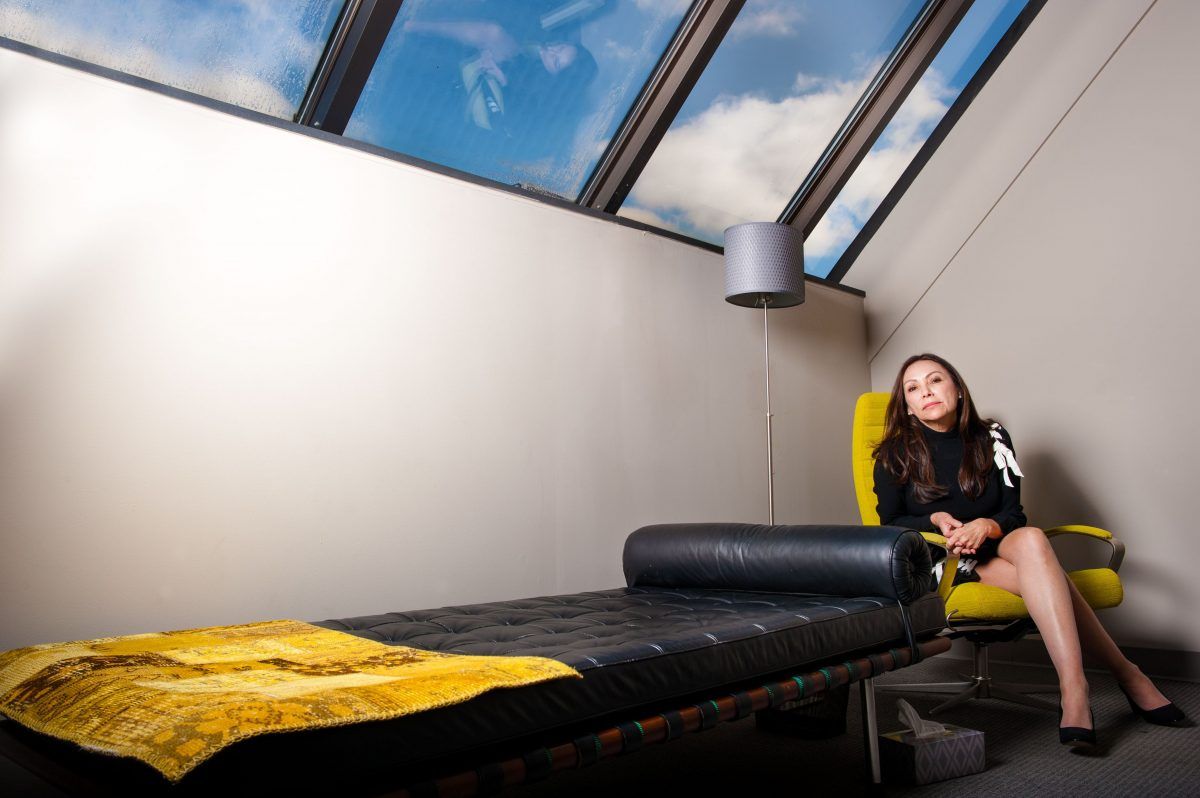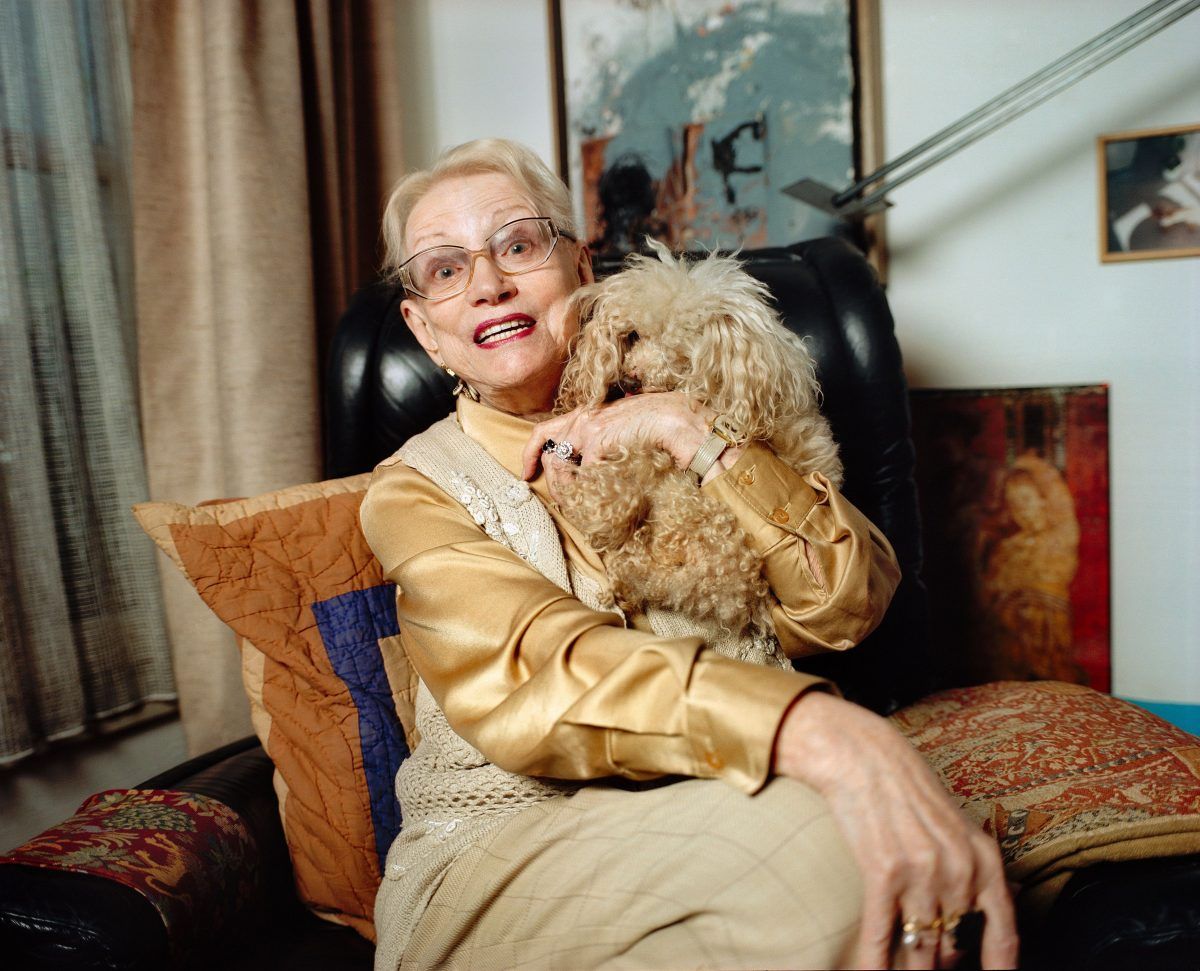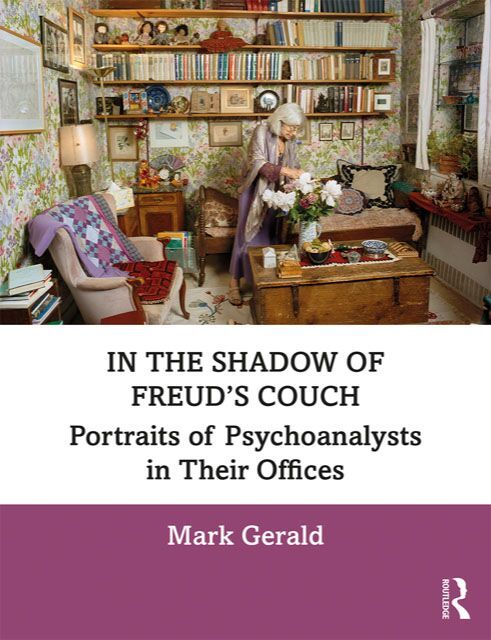blog
Book Review: In the Shadow of Freud’s Couch by Mark Gerald

Phil Ringstrom, Ph.D. Psy.D. Haskell Avenue Encino, California February 15, 2014
First things first: This is not a photo book, this is a learned tome on a variety of aspects of psychoanalysis accompanied by photographs of psychoanalytic offices. “Along with its presentation of images, this volume explores the powerful relational foundations of theory and clinical technique, the mutually vulnerable patient-analyst connection, and the history of the psychoanalytic office.”
Mark Gerald has spent “tens of thousands of hours in psychoanalytic offices,” mostly as a psychoanalyst working with patients but also as a patient. He is also a trained photographer. His background and credentials make him uniquely qualified to author this book that “showcases a diversity of analysts; male and female and classical and contemporary.”
Since I’m neither trained in psychoanalysis (of which, by the way, I know nothing) nor in photography (although I once penned a master’s thesis on documentary photography), I’ve decided to concentrate on the photographs, and on the circumstances in which they were taken. The author’s intention however was different. “Text and image here are intimate companions, which, taken together, may enlarge our perspective … I encourage you to see as you read and to read the book with your eyes open to the images.”

Sylvia Delgado East Maple Birmingham, Michigan March 11, 2018
Had I not known that I was looking at photographs of psychoanalysts (a typical caption reads like this: Kimberly Leary, Ph.D. Massachusetts Avenue Cambridge, Massachusetts September 21, 2004) in their offices, I would have never guessed it for the images are very varied, some analysts stand, some sit, some smile, some look pensive (or try to look so …), many are shown in front of their bookshelves. What they all have in common is that their academic titles are mentioned in the captions. Mark Gerald is quite obviously a great believer in formal trainings.
What struck me as remarkable, even as extraordinary, was that, and how, the author described his taking of the photographs. And, he does that in great detail. Here’s, for instance, how he got to Luis Feder’s office in Mexico City. “Getting to his home office turned out to be a fraught experience. I took a taxi from my hotel, where the concierge had warned me about the current crime wave in Mexico City. The driver took me to an upscale, suburban gated community outside the central city. The houses themselves looked like fortresses, and many were patrolled by armed guards beyond the gates. After the cab driver dropped me off, I could not find any house numbers and began to wander around with an increased sense of anxiety …”. I not only warm to such an approach, I truly love it. Because I look at photographs differently when I’m aware of what mood the photographer was in.

Laini Gerald Grand Central Parkway, Queens, New York circa late 1960s

Joyce McDougall, Ed.D. Rue Quincampoix Paris, France April 2013, 2006

Anastasios Gaitanidis, Ph.D. Lowther Hill London, England July 20, 2014
Mark Gerard does an excellent job in giving accounts of what is going on before, during, and after the photo shooting, including reactions after the photoshoot of the ones portrayed. This is rare and extremely rewarding for it documents the process of picture taking (a lot of photographers just throw pictures at you, often without any explanation) without which many photos cannot be really appreciated.
As always with photographs – we see in them what we bring to them. During the photoshoot with Sylvia Delgado, “an advanced candidate at the Michigan Psychoanalytic Institute,” her office “became a space for free association” and Mark Gerald asks “How did her office provide room for us to freely associate? Do psychoanalytic offices create an anticipation for the release of pain? Like confessionals in Catholic churches, are they designed intentionally and unconsciously to welcome loss and disturbance? Although there is no Emma Lazarus sonnet on a plaque when a patient enters a psychoanalytic office, inscribed in the office design is a welcome for the tired, the wretched, and the tempest-tossed.” To me, this is clearly too much interpretation and speculation respectively. And, especially accompanied by this convincingly composed photo that, together with the one of Luly Casares, belongs to my favourites. Moreover, why not ask the designer what he or she had in mind?

Masha Borovikova, Ph.D. West 58th Street New York. New York July 28. 2018
Also in regards to Masha Borovikova I find Mark Gerard’s interpretation and speculation a bit far fetched. On the other hand, isn’t interpretation and speculation characteristic of the analysts job? Photography however means to show. “Although the office was not designed or furnished by her, the distinctive presence while there made it her own space.” How does that show?, I wonder for it seems to me that what he sees here cannot be shown.
One of the more intriguing chapters is entitled “Psychoanalysis, Death, and Photography”. Freud, I learned, “acknowledged to a patient that he thought about the possibility of death every day.” And Mark Gerald succinctly states: “In spite of our elaborate and elegant theories, we are conscious beings who must live with the continual knowledge of our own mortality.”
“In the Shadow of Freud’s Couch” is a deeply (and refreshingly) personal book. “Protected by a sturdy camera, I found a space to mourn and celebrate the marginality of being a loser, a validation of having experienced loss.” Unsurprisingly, the photograph I thought the most touching (and convincing) shows his wife Laini listening to a recording of Joan Baez.

In the Shadow of Freud’s Couch: Portraits of Psychoanalysts in Their Offices
By Mark Gerald
Routledge, London and New York 2020
www.routledge.com
www.markgeraldphoto.com
Location: Online Type: Book Review
Events by Location
Post Categories
Tags
- Abstract
- Alternative process
- Architecture
- Artist Talk
- artistic residency
- Biennial
- Black and White
- Book Fair
- Car culture
- Charity
- Childhood
- Children
- Cities
- Collaboration
- Community
- Cyanotype
- Documentary
- Environment
- Event
- Exhibition
- Faith
- Family
- Fashion
- Festival
- Film Review
- Food
- Friendship
- FStop20th
- Gender
- Gun Culture
- Habitat
- Hom
- home
- journal
- Landscapes
- Lecture
- Love
- Masculinity
- Mental Health
- Migration
- Museums
- Music
- Nature
- Night
- nuclear
- p
- photographic residency
- Photomontage
- Plants
- Podcast
- Portraits
- Prairies
- Religion
- River
- Still Life
- Street Photography
- Tourism
- UFO
- Water
- Zine

Leave a Reply